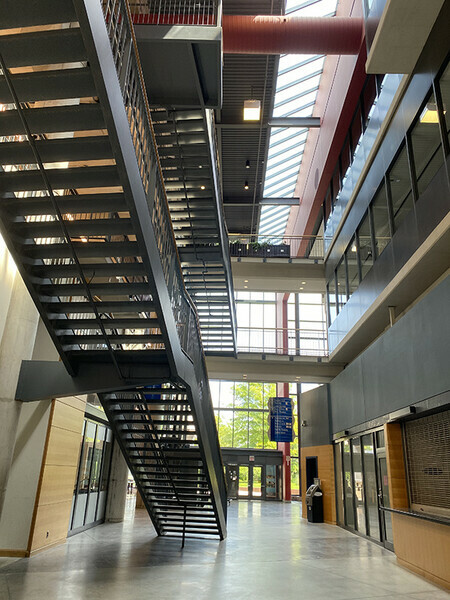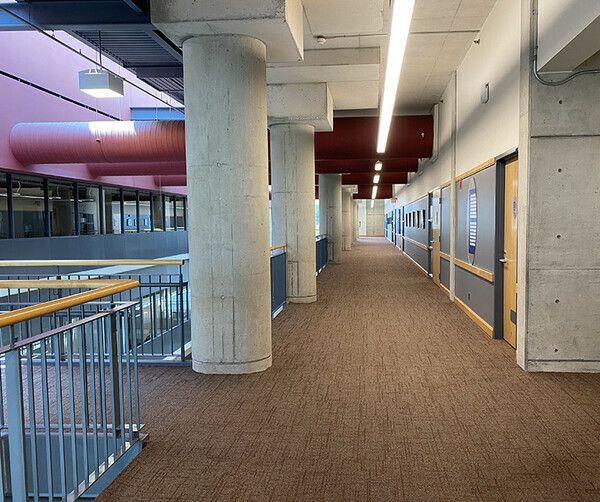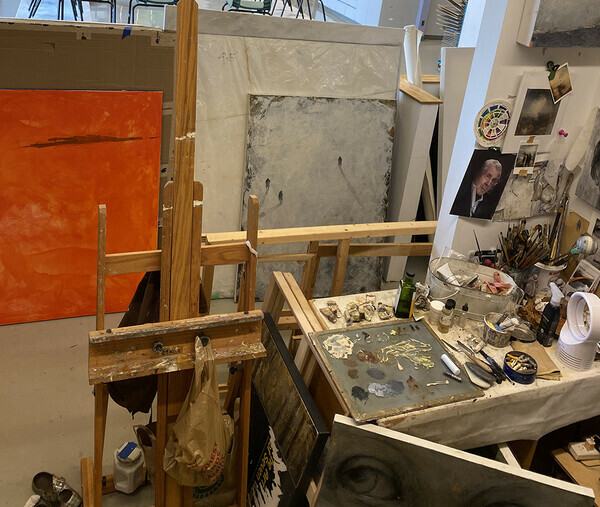
This small painting is exhibited at the Lieutenant Governor's Suite at Queen’s Park, Toronto. The exhibit celebrates the 150th anniversary of the Ontario Society of Artists. I feel very fortunate, as only 30 paintings were chosen to hang on the walls; the rest are displayed digitally.
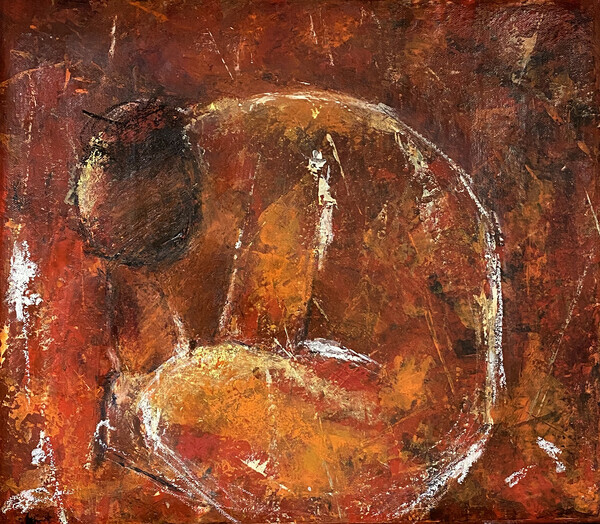
"After a long day" depicts a tired indigenous woman, her head bowed hopelessly in sorrow, sadness, pain, or mourning.
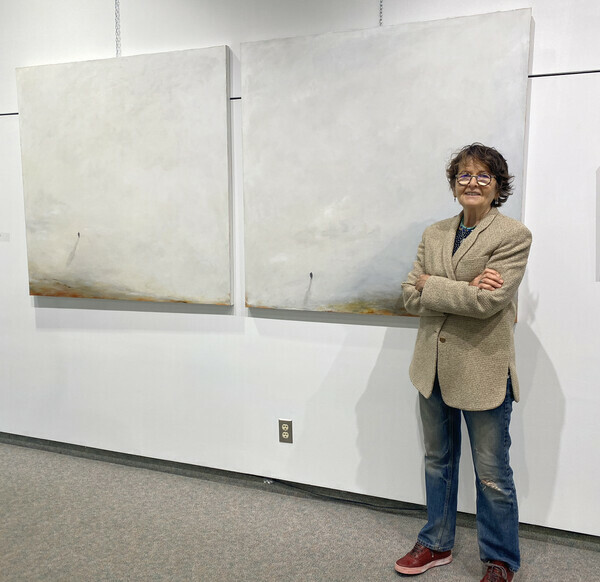
Margaret Stawicki
Journey, Oil - 48x96"
I had hoped seeing Journey in person would measure up to the potential I sensed in it from the digital version I saw while reviewing submissions. It surpassed them. I felt it in my chest the moment I walked into the gallery to see the show in person for the first time.
The artist's approach to composition and brushwork is sensitive and restrained, demonstrating an incredible economy of brush. This is a term I learned from one of my university professors and it always stuck with me. It means there are very few marks that actually make up these figures. Without any rendered detail, they are still so recognizable, the right one in particular appearing elderly by the mere suggestion of a flat-cap and stooped posture.
The clever use of shadows provided me with an instant clue to the fact that they’re people and not just specks, as well as setting a mood of transition times - long shadows could be dawn or dusk.
This diptych makes bold use of composition, with these teeny tiny figures in this enormous space. And it’s necessary, this contrast. The enormous sense of isolation (or potential), of peace (or desolation) absolutely requires it.
The suggestion of ground in these brownish areas across the bottom is also important, as is the tonal variation within the white. Together they create a lot of possibilities of what this space might be - sand, or sky, or something more metaphysical - a point of departure, or destination.
The artist has to trust in themselves to communicate so much with so little, and in the viewer - to extrapolate meaning from these carefully selected cues.
To me, Journey is less a portrait of these two people - or perhaps it is one person at two moments in time - than it is a portrait of the space and time around them.
Katie Wilde, juror
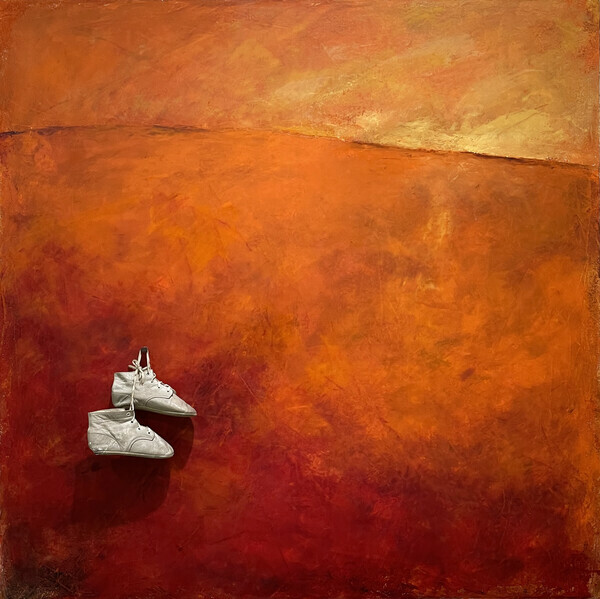
It is so painful and difficult to learn about what happened in the Residential Schools. And even more painful when we realize that all these terrible atrocities were committed against children. Everything was taken from them—their parents, their families, their customs, their homes.
How is it possible that people who preached God’s Commandments—including “Love your neighbour as yourself”—could have committed such crimes?
I know I wasn’t the only one crying and feeling the pain. Just imagine families and Indigenous communities carrying this knowledge for over a hundred years while no one listened.
It’s hard to believe that between 1870 and 1996, when the last Residential School was finally closed, more than 150,000 First Nations, Inuit, and Métis children attended these institutions. How many of them died? We are still waiting for answers.
This is another Holocaust—the Canadian Holocaust. So many children, some as young as four, were lost forever.
We came to Canada in 1982, a family of four with one more on the way—our third child. Canada was our dream come true. And now I can’t comprehend that in such a civilized country, Residential Schools were still operating. During the same time my children were safely going to school—schools that we chose for them—other children were being taken away and robbed of their futures.
I painted After a Long Day a few years ago, maybe more. At the time, I was thinking about the Highway of Tears—Highway 16 between Prince George and Prince Rupert in British Columbia—where so many Indigenous women have gone missing or been murdered.
.
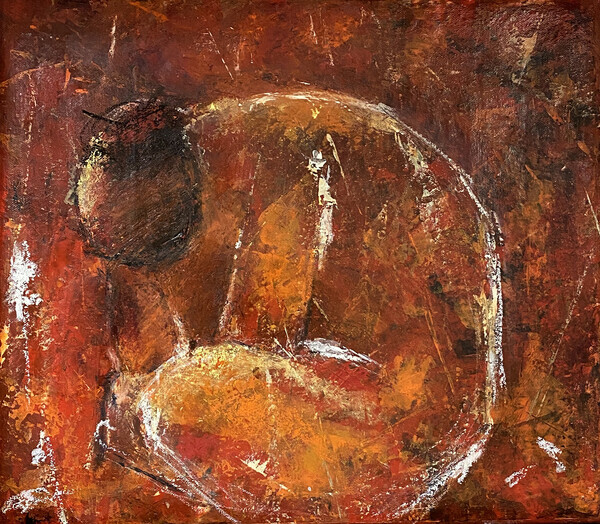
When I think back on my life, I see myself running a lot. Not in Poland, not in West Germany, but the running truly began when we came to Canada in 1982.
Running from the parking lot to the GO train. From Union Station to my office at 56 The Esplanade. Then running back again. Later, I was driving the kids to activities—swimming, tennis, jazz, you name it. Always running—into the grocery store, back to the car with bags in hand.
If the bags weren’t too heavy, I’d even jog back to save time. I wonder how many thousands of kilometers I ran between 1982 and 2020.
When the kids grew older, we started a small publishing business. The running never stopped. There was never enough time to walk slowly. The only peaceful moment I had was around 2 a.m., when the work was done. I’d sit on the doorstep and smoke a cigarette. The street would be quiet—no cars, no people. Just me, the stillness, and the cigarette’s unpleasant but oddly calming presence. Anyone who’s run their own business knows this feeling.
Then came the hard chapter: placing my beloved father, who had Alzheimer’s, into a nursing home. Since he didn’t speak English, we chose Copernicus Lodge, a Polish home in Toronto on Roncesvalles Avenue. After every visit, I needed another cigarette just to steady myself. It was heartbreaking. Even though I waited until he believed he was on vacation—"in a hotel," he’d say—it was still so hard to leave him there.
Years later, my mom also had to be placed in a home. She had advanced dementia and had broken her hip. This time, she was closer, in Mississauga.
Again came the running, making her favourite breakfast, helping her dress, feeding her, taking her on short walks. We tried to make her feel she was still home, not in what I quietly called “the place of no return.” As her health declined, she needed more help than I could give, and professional caregivers stepped in.
In January 2020, we celebrated her 101st birthday. Her body was tired, and so was she. She passed away on February 9th.
That was the day I stopped running.
I didn’t have to cook breakfast anymore. I could sit down with my tea, read the newspaper, and do my sudoku—in my housecoat.
And of course, 2020 became the year everything stopped. A year of stillness, of staying inside our bubbles, avoiding contact even with our own children. The world paused, and so did we. It was a time to reflect, to look inward, and to truly appreciate the little things we once took for granted.
Do I miss running? I don’t think so. Maybe if I were younger. But now, I appreciate a bit of laziness. Sometimes I just watch Netflix, the news, or Raptors games.
These days, I practice yoga in the morning, enjoy a slow breakfast, and go to my studio when I feel like it. I sip tea, and I paint.
Being lazy in your later years isn’t such a bad thing.
These are my lovely parents. Without their tremendous help, we wouldn’t be where we are today.
I miss my parents, but this is a circle of life.
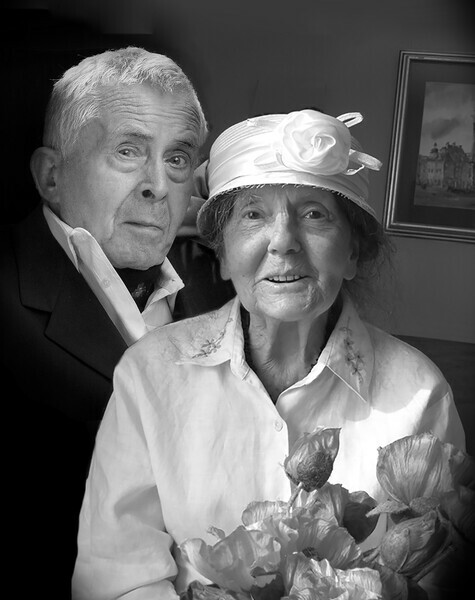
I’m very happy that the jurors accepted my series Canadian Faces into the prestigious N3XT Art Competition.
These portraits represent Canadians and many immigrants, including myself. We all come from different backgrounds and carry unique psychological burdens. In this series of four close-up portraits, I show different faces—each unique, but in some way, united. Just like us Canadians.
Each face wears a symbolic eye mask, suggesting unity while also honouring individual heritage and identity.
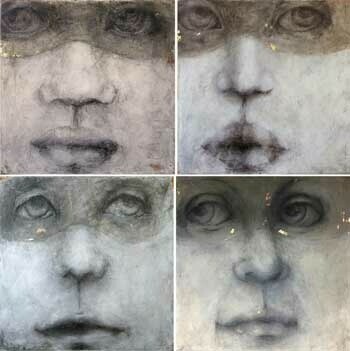
Today, my portrait of a woman who struggled through life and overcame adversity—but is still “in the picture”—was rejected from a juried show.
It’s hard not to feel emotional. I’m not the only one who feels this way. I know of paintings that won first prize in one competition and were rejected in another. That knowledge should help—but it doesn’t, at least not right away.
Tomorrow will be a new day. Hopefully better.
To all the artists who have been rejected—let’s keep the faith.
Sorrow of rejection knocked on my door.
I don’t want to let it in.
With the door closed, I look into the future.
Music fills my heart
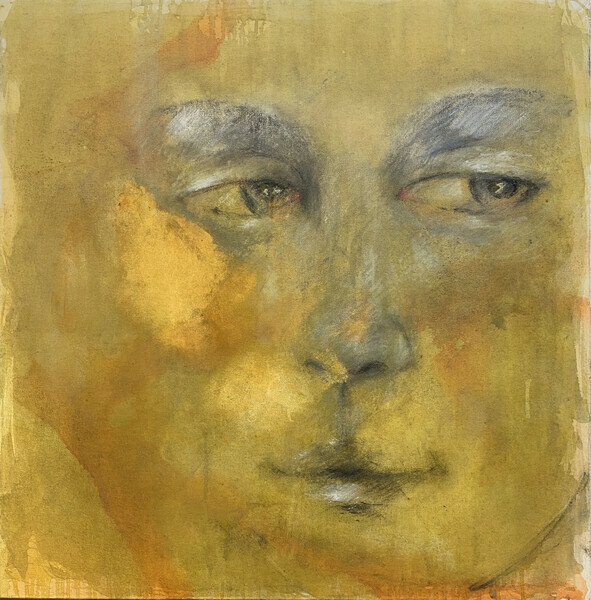
COVID19 still effect my work. I have a difficult time to concentrate and create new paintings. Instead, I am taking my previous work and start to incorporate some changes. Tthese two paintings below, are perfect examples of my "work in progress" process, which not always turn out to be successful.
One, The Way, I decided to repaint one side darker. this is my first attempt and will have to add more of an active surface to the left side. It is already different than original, and I hope my final touches will make it better.
The other one, for now called a Blue Lady because it was the colour I started to paint the nude with. Now it is different, but I am not sure what will be my final layer of paint. I want to achieve a feeling of some kind of meditation, as she sits on the edge of a gorge and looks into its vast, deep, emptiness. On the other side of the gorge is another, different life, strong and maybe a bit disturbing. When I started, the best part of this lady was her head and her hair. Unfortunately I painted over it. Hope will be able to achieve the same effect as when I started to paint the figure.
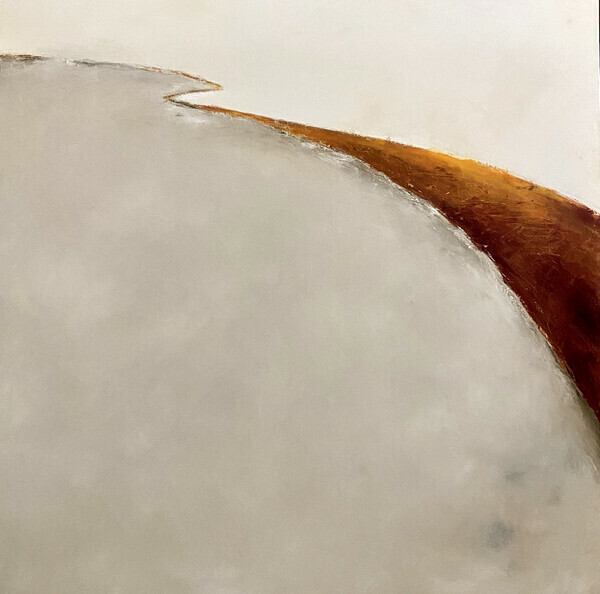
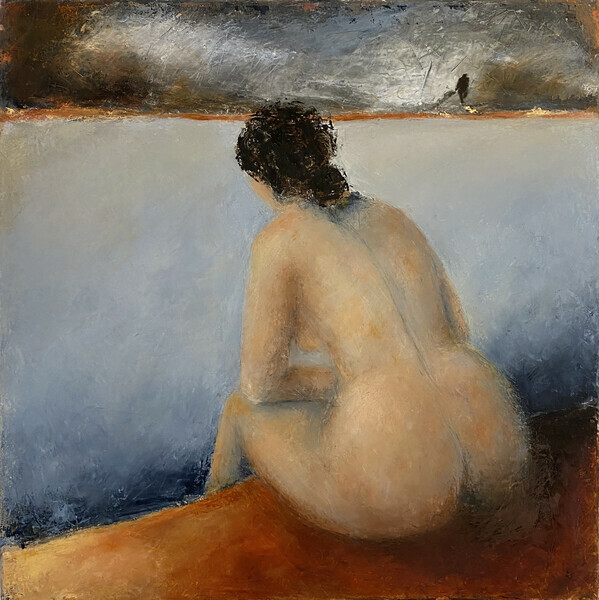
It happened at Geneva Park, during a workshop with a realist painter. We were given a photograph and asked to create a painting based on it.
At the time, I was still afraid of a blank white canvas. To overcome it, I used gesso to create texture and stained the canvas.
I might’ve been the only one who chose a darker, more emotional image. Others selected prettier pictures and copied them neatly. As people passed by my station, I could feel their puzzled looks.
Then, one woman came up to me and said, “Don’t worry about what others say. Your painting is good—it’s not just a copy, it’s different. It has a mysterious feeling to it.”
Her words stayed with me. I wish I knew who she was, so I could thank her for that moment of encouragement.
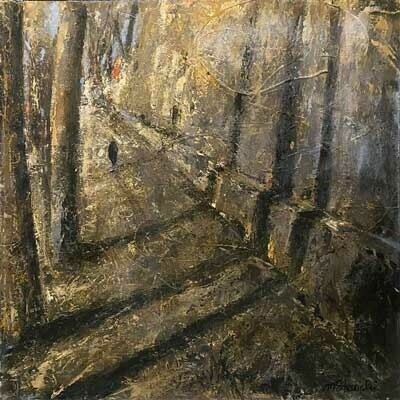
I am back in my studio. It is such a different experience. Before COVID, the Living Art Centre was full of life... kids, adults, teenagers. Now the corridors are empty. Sometimes when I bike there, I also bike inside, from the entry door to the elevator and from the elevator to the door of my studio. I quite like it. And I love being again in the building and in my space, surrounded by my mess and a lot of things which I don’t need, but MAYBE I will use them in the future. To see the Resident Artist Program at Living Art Centre go to: https://www.livingartscentre.ca/gallery/resident-artist-program
